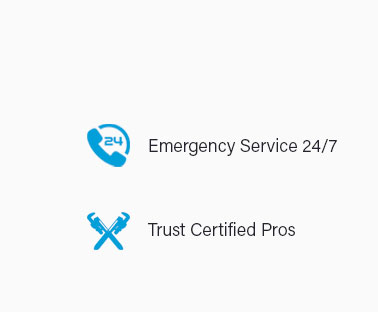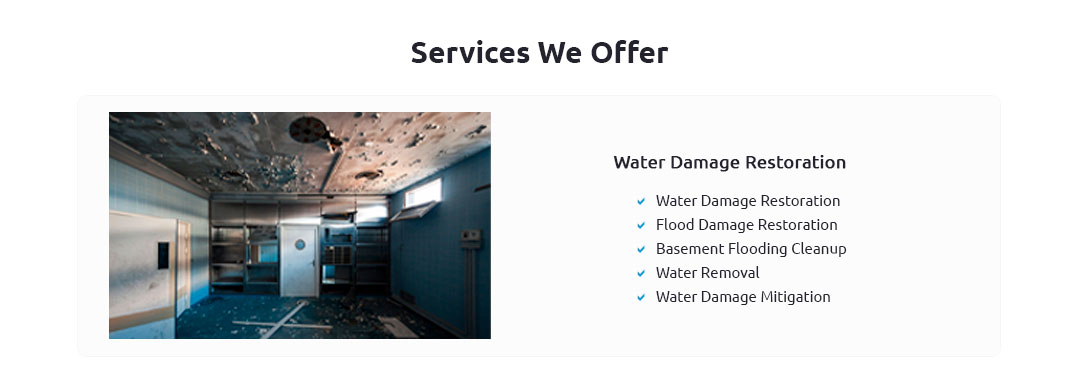 |
 |
 |
 |
|
|
 |
 |
 |
 |
 |
 |
 |
 |
 |
 |
 |
 |
 |
|
When disaster strikes and your home is caught in the chaos of water, fire, mold, or storm damage, trust the experts who stand ready to restore your sanctuary with precision and care-our storm clean up service isn't just about fixing what's broken; it's about rebuilding peace of mind with unmatched expertise and a commitment to excellence that turns the tide in your favor, ensuring your home emerges stronger, safer, and more resilient than ever before, because when the storm clears, we're the calm that brings everything back to life.
https://www.opei.org/news-updates/storm-cleanup-opei-offers-tips-for-storm-stressed-communities/
The Outdoor Power Equipment Institute (OPEI) offers tips to help everyone stay safe during cleanup and recovery efforts and how to be best prepared for when ... https://www.servpro.com/resources/storm-damage
When you dial 1-800-SERVPRO, you will be connected to a dedicated agent who will take your information down and send out a crew to assess the damage and assist ... https://www.budgetdumpster.com/resources/storm-cleanup-guide
3 Key Steps to Cleaning Up After a Storm: #1 Assess the Damage #2 Clean Up Storm Debris #3 File A Claim & Rebuild
|
